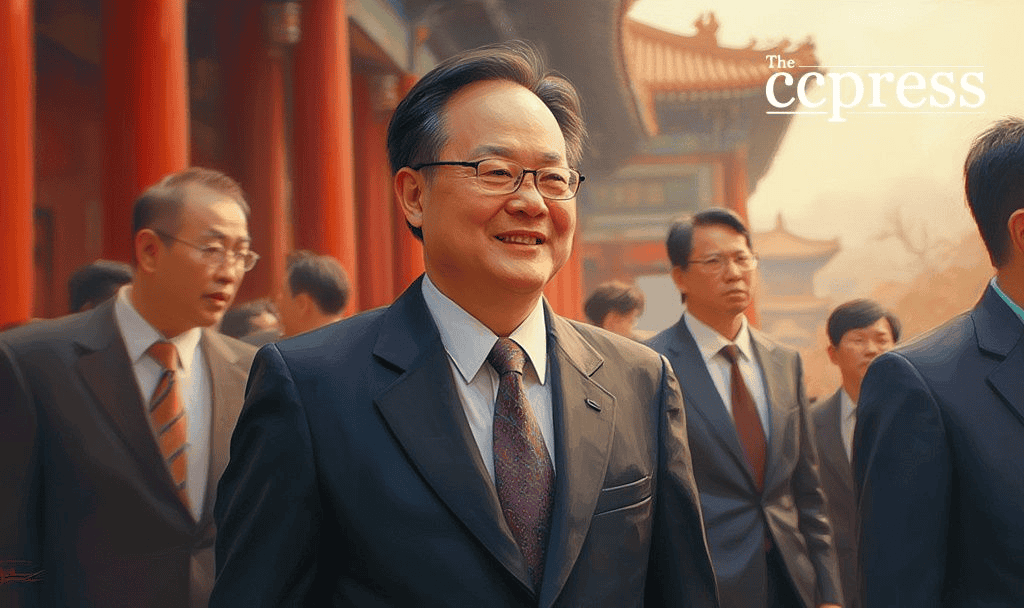- Jensen Huang seeks to solidify Nvidia’s presence in China.
- US ban impacts Nvidia’s earnings by $5.5 billion.
- Tech sector braces for potential policy changes.

Jensen Huang, CEO of Nvidia, arrived in Beijing on April 17, 2025, for meetings with Chinese trade officials, amid increasing US-China trade tensions involving export restrictions.
This visit signifies Nvidia’s proactive stance in mitigating trade barriers’ impact, with ongoing US export restrictions posing significant challenges to Nvidia market presence and financial performance.
Nvidia’s CEO engages with top Chinese officials to discuss market strategies as new export restrictions take effect. Ren Hongbin emphasized China’s importance to Nvidia, echoing Huang’s sentiment of continued cooperation. Huang’s visit aligns with Nvidia’s strategy to navigate complex geopolitical landscapes while reinforcing its market commitment. The influencer in tech and AI sectors, Nvidia, faces substantial setbacks due to US regulations on AI chips. Financial markets have responded, with Nvidia’s stock recording a 6.9% decline following the announcement of anticipated earnings loss. Such interactions highlight not only Nvidia’s crucial economic ties with China but also broader geopolitical considerations. This aligns with the pattern of escalated US export restrictions on tech goods affecting global supply chains.
“China is a very important market for Nvidia. We hope to continue to cooperate with China,” said Jensen Huang, Founder & CEO, Nvidia.
Financially, Nvidia anticipates substantial revenue impacts due to restricted H20 GPUs, a critical component for its operations in China, which constituted 13% of its 2024 revenue. Historically, tech-heavy companies reliant on cross-border supply chains experience volatility due to policy shifts and trade disputes. Regulatory developments in this domain suggest ongoing financial ramifications, demanding strategic adaptations by companies like Nvidia. Future policy actions and industry responses will substantially influence the global tech sector’s landscape amid these geopolitical tensions.
